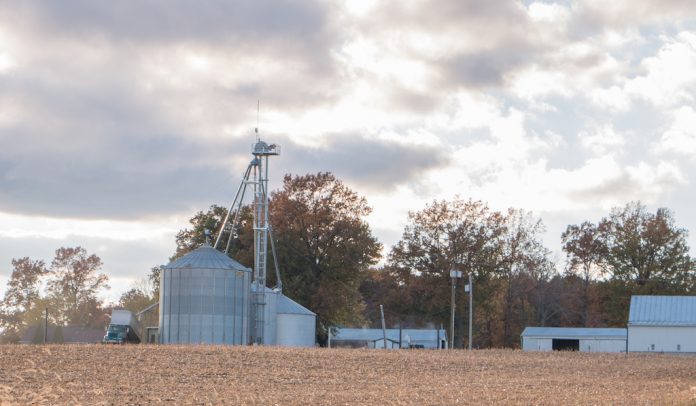USDA shocked the markets with Prospective Planting and Grain Stocks reports Friday, March 29.
The results were ugly, especially in corn prices. Friday May and December corn futures made new contract lows. May futures were down 17 1/2 cents at the close, to 3.56 1/2. The low was 3.56, blasting through the March 12 low at 3.61. December new crop futures also made a new contract low, at 3.84 3/4, below the 3.86 1/4 of March 8.
The soybeans fared better, with the May futures down five and a quarter at 8.84 1/4, with a 8.83 low. That broke the harvest and contract low of 8.84 3/4. The November future contract low of 9.10 3/4 from back in late November held, but Friday we were off 4 3/4, with a low of 9.18.
Monday’s markets posted rebounds, with May corn futures up five and a quarter cents, and December up four. This Tuesday morning, April 2, the May corn is down a quarter of a cent and December futures are unchanged. Tuesday so far is seeing May soybeans up one and a half cents at 8.97 and November futures up one and three-quarters cent at 9.30.
What happened
The shocks came in corn, where USDA says that we will plant 92.8 million acres. This is up sharply from the 89.129 final number of the 2018 crop. The trade was clearly shocked, since they had been expecting an average guess of 91.33. (They call that an “estimate,” but let’s be real.)
To add to the damage, the March 1 Grain Stocks estimate from USDA came in high also. We are now looking at 8.6 billion bushels as apposed to the average estimate of 8.34 billion.
The soybean numbers were also a surprise, but maybe not a shock. Soybean prospective planting acres came in at 84.6, against the trade average guess of 91.33. Stocks were 2.72 billion bushels against the average guess of 2.68.
Analysts are scrambling to figure out where they differ from USDA and, mostly, to explain why they are right and USDA is wrong. That is fine to talk about, but the trade will be forced to trade the USDA numbers for awhile.
Corn vs. beans
The corn acres represent a big change in two years. Back in 2017, it was actually expected that soybean acres would pass corn acres for the first time, and they came close, with corn at 90.167 million acres and soybeans at 90.142. It is especially interesting that the switch to corn comes as current prices had, until recently, favored soybean planting.
It is worth mentioning that the acreage estimates come before the massive flooding in the Western Corn Belt. The current disaster in “Nebrasker” has most observers thinking that the water will not go away in time to get all the corn in. There may be a switch to corn. Additionally, some fields are covered with river sand and will not be planted until they can be reclaimed.
While we look for reasons that the numbers are wrong, I have heard the argument that the grain stocks are too high. The reasoning is that, if we have that much corn and soybeans left, the yields last year must have been higher than USDA said then.
Remember, they lowered the yields in the final report that came out in February. It was delayed by the government partial shutdown, and now some say the numbers are suspect.
Wheat
Chicago soft red winter wheat futures had a small knee-jerk down turn Friday, but the recent start to an uptrend is still in place.
The reports did show an increase in expected winter wheat planting of all classes from 31.29 million acres to 31.5. A lot of that planting is suspect, since there are consistent reports that significant acres of wheat got planting delayed until the wheat did not come up well. Look for abandonment there, even if the acres are now more than we thought.
Maybe more significantly, the wheat of all classes category has acres at 45.8, but the trade was looking at 46.915 million acres. If this number is correct, we could see continued recovery in wheat prices.
May Chicago wheat is trading at a tick under 4.60 this morning, off the March 11th low of 4.37.













